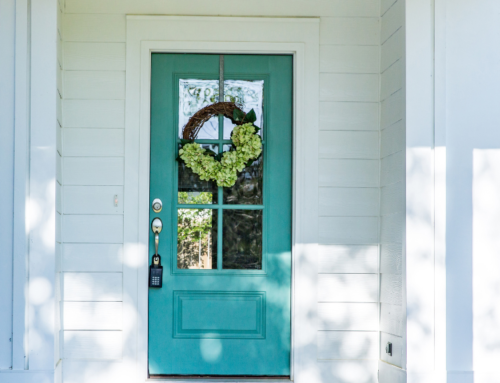
Saving for a house can be challenging, especially when balancing your day-to-day finances. People can get easily bogged down with their daily life while keeping the big picture a distant thought. However, when it comes to saving money, it pays to be mindful of each expense and track it accordingly. Here’s how to create a simple budget for a down payment on a home.
Get a Baseline of Your Income and Expenses
Before creating a budget, you’ll want to get a baseline of your income and expenses. Remember, when considering your income, you’ll want to take your net earnings, the amount you get paid after taxes. If your income is commission based or irregular, play it smart, and underestimate your income.
Calculating your monthly expenses may take longer, as you’ll want to include everything you pay. Some expenses, like rent or car payments, will stay roughly the same each month. For expenditures that vary, like food or utilities, use the higher amount to ensure you’re not cutting yourself short. Don’t forget to include the money you’ve already allotted for savings in your monthly expenses!
Compare with an Actual Vs. Budget
Creating a budget is only the first part. The key to sticking with a budget that works is to track all spending moving forward to find any variables or differences. Maybe you thought you would spend X amount of dollars on groceries in July when it was actually Y. An actual vs. budget allows you to compare forecasted income and expenses with actual numbers to see where you fall. This type of analysis and accounting has been adopted by business organizations for a reason – because it is highly effective. Implementing this type of record keeping in your home budget is sure to be a success as well.
Include everything from your morning coffee to the school supplies for your children. If you find tracking each item difficult, online worksheets can help. After your first month of tracking, you’ll have a clear view of where your money is going and will be able to adjust accordingly. Continue tracking each month and revise your budget as needed.
If You’re Still Struggling to Budget for a Down Payment
If you’re still struggling to save for a down payment after budgeting, a down payment assistance program like MSHDA may be a good option. Homebuyers who qualify for MSHDA can get up to $7,500 in down payment assistance or up to $10,000 in specific zip codes. Please contact Julie Krumholz to learn more about which zip codes qualify at: 586-382-5482.
It’s important to note that even with the MSHDA program, homebuyers must be able to contribute 1% of the sales price of the home. That means you’ll still want to budget and set aside some savings. The best way to learn more about MSHDA and how to qualify is to speak with your trusted mortgage lender.
About MSHDA Mortgage Lender, Julie Krumholz
Julie Krumholz has been helping homebuyers with various incomes and financial situations for over 30 years. She’s an MSHDA-certified lender who helps homebuyers navigate the homebuying process. Julie has a wealth of experience that ranges from loan processing, closing, loan origination, underwriting, QC auditing, and even co-owing a mortgage brokerage firm. Her expertise and passion for helping homebuyers in all walks of life make her a valuable resource to Michigan homebuyers.
Contact Julie at 586-382-5482 to find out how she can help you with your homeownership goals!





